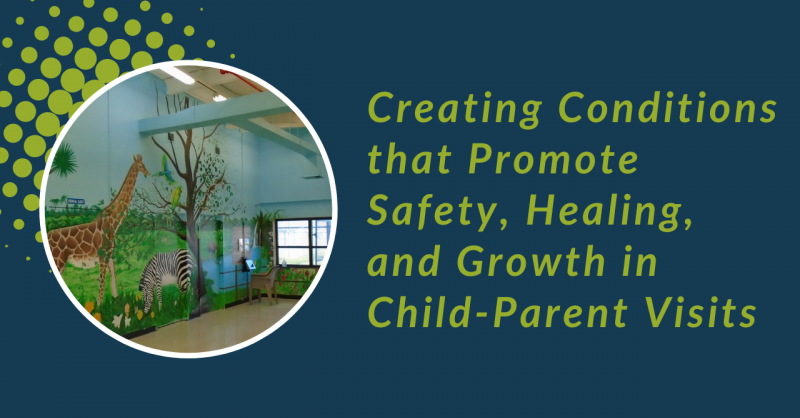Youth who receive special education services under the Individuals with Disabilities Education Act (IDEA 2004) and especially young adults of transition age, should be involved in planning for life after high school as early as possible and no later than age 16. Transition services should stem from the individual youth’s needs and strengths, ensuring that planning takes into account his or her interests, preferences, and desires for the future.
Exposure to Drugs or Alcohol Abuse
The Federal Interagency Task Force for Drug Endangered Children defines drug-endangered children in this way:
A drug endangered child is a person, under the age of 18, who lives in or is exposed to an environment where drugs, including pharmaceuticals, are illegally used, possessed, trafficked, diverted, and/or manufactured and, as a result of that environment: the child experiences, or is at risk of experiencing, physical, sexual, or emotional abuse; the child experiences, or is at risk of experiencing, medical, educational, emotional, or physical harm, including harm resulting or possibly resulting from neglect; or the child is forced to participate in illegal or sexual activity in exchange for drugs or in exchange for money likely to be used to purchase drugs.1
Children of incarcerated parents are more likely to have faced exposure to drug and alcohol abuse in their homes than other children.2
Resources
Drug Endangered Children
As part of the President’s 2010 National Drug Control Strategy (PDF, 126 pages), the Department of Justice established the Federal Interagency Task Force on Drug Endangered Children to support the identification of model protocols, programming, and best practices related to this issue. This website includes a compilation of related resources and a toolkit of promising practices to assist state, local, and tribal governments in identifying, responding to, and providing services for drug-endangered children.
Mentoring for Preventing and Reducing Substance Use and Associated Risks among Youth (PDF, 35 pages)
This review takes stock of the research that addresses the potential for mentoring to serve as a strategy for preventing and reducing substance use and the negative effects on personal health and well-being that may stem from this behavior. The review suggests several take-home messages for mentoring researchers and practitioners.
Promising Practices Toolkit: Working With Drug Endangered Children and Their Families (PDF, 27 pages)
This toolkit is a compilation of practices identified through an assessment of promising practices in the field and of training modules provided by federal, state, local, tribal, and community-based providers across the country by the Drug Endangered Children Task Force Federal Partnerships Subcommittee. It is separated into three categories: (1) increasing awareness of drug endangered children (“Awareness”), (2) fostering community collaboration (“Collaboration”), and (3) creating a more effective response (“Response”). The intent of this toolkit is to provide guidance and resources to professionals in identifying, responding to, and serving drug endangered children. For each identified practice, the toolkit provides information about the practice (“what is working”), information about how this practice can be helpful (“why it works”), and information and other resources to assist people in implementing the practice in their community (“how to get started”), such as checklists and useful websites.
1 Federal Interagency Task Force for Drug Endangered Children, 2010
2 CDC, 2013; Phillips & Gleeson, 2007
» Learn more about Children of Incarcerated Parents at youth.gov/COIP.
» Join the Children of Incarcerated Parents listserv.
Research links early leadership with increased self-efficacy and suggests that leadership can help youth to develop decision making and interpersonal skills that support successes in the workforce and adulthood. In addition, young leaders tend to be more involved in their communities, and have lower dropout rates than their peers. Youth leaders also show considerable benefits for their communities, providing valuable insight into the needs and interests of young people
Statistics reflecting the number of youth suffering from mental health, substance abuse, and co-occurring disorders highlight the necessity for schools, families, support staff, and communities to work together to develop targeted, coordinated, and comprehensive transition plans for young people with a history of mental health needs and/or substance abuse.
Nearly 30,000 youth aged out of foster care in Fiscal Year 2009, which represents nine percent of the young people involved in the foster care system that year. This transition can be challenging for youth, especially youth who have grown up in the child welfare system.
Research has demonstrated that as many as one in five children/youth have a diagnosable mental health disorder. Read about how coordination between public service agencies can improve treatment for these youth.
Civic engagement has the potential to empower young adults, increase their self-determination, and give them the skills and self-confidence they need to enter the workforce. Read about one youth’s experience in AmeriCorps National Civilian Community Corps (NCCC).










